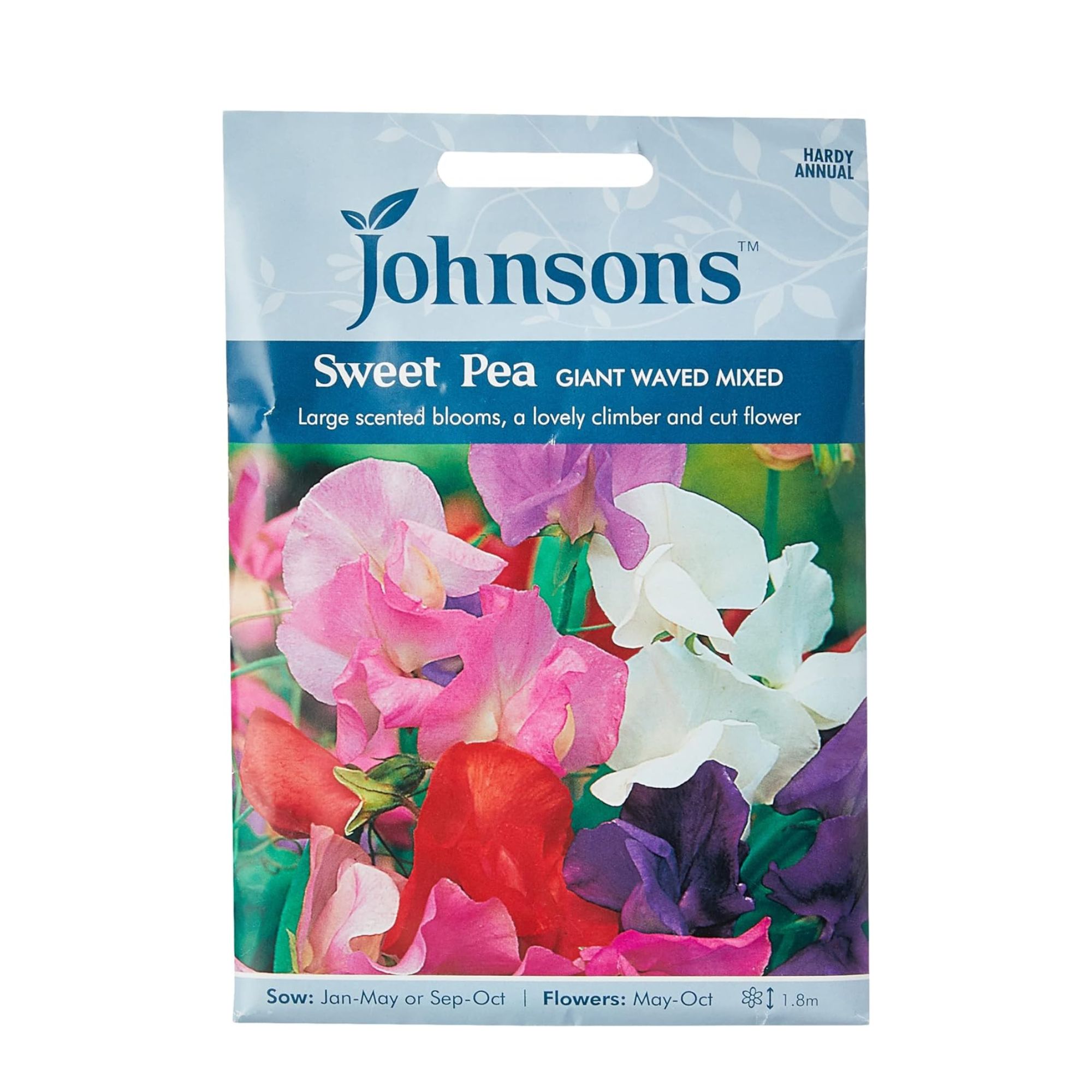5 reasons your sweet peas aren't flowering - and what you can do to fix it
No blooms? No worries


Sweet peas really do offer the best of both worlds. On the one hand, they’re extremely delicate and romantic. But on the other, each bloom offers a vibrant punch of colour to your garden. And it’s because of this perfect balance that many gardeners worry when their sweet peas aren’t flowering.
These fragrant flowers are a popular choice and you can grow sweet peas from seed or even grow sweet peas in pots. And while these plants should typically start blooming from June all the way through to October, it’s fair to say that they can be a little stubborn.
Many people find that their sweet peas are late bloomers, while others don’t bloom at all. So, what do you do when your sweet peas aren’t flowering? Well, there are five possible reasons why, and we’ve got the solutions you need to fix it.
Sweet peas not flowering
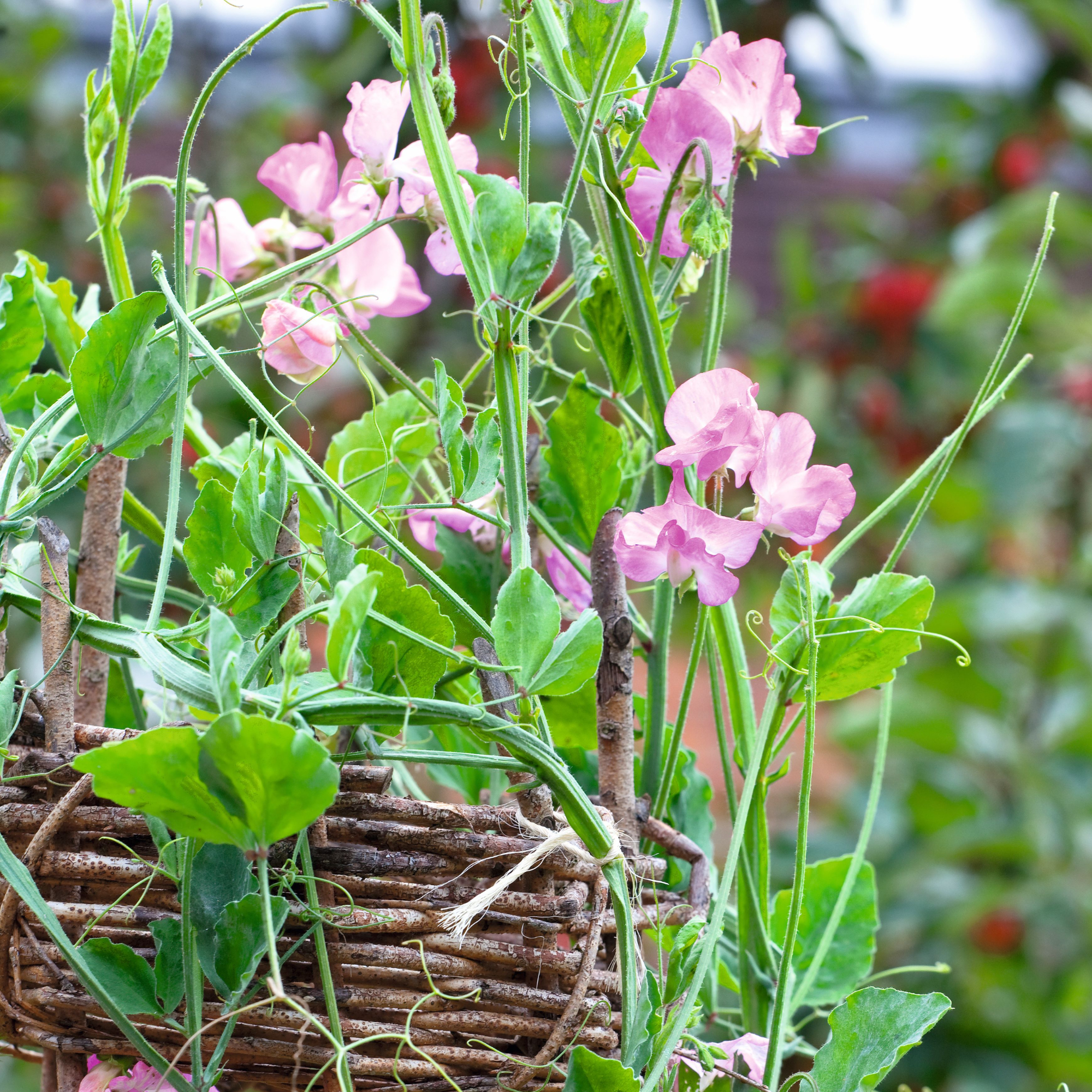
‘Generally sweet peas, like most hardy annuals, are vigorous and full of energy and desire to bloom,’ explains Pim Dickson from DT Brown Seeds.
‘However, a failure to flower is still possible.’ And if your sweet peas aren’t flowering, it’s highly likely that they’re struggling with one of the following:
1. They’re not getting enough light
If you want to enjoy the delights of a blooming sweet pea plant, you need to know how to care for sweet peas. And while we’d like to say they’re pretty low maintenance, that just isn’t the case.
Sweet peas have very specific growing requirements, and one of the most important requirements is to have direct sunlight for at least six hours a day - although they’ll thrive best with eight hours. Essentially, the longer they have in the sun, the more they’ll flower.
Get the Ideal Home Newsletter
Sign up to our newsletter for style and decor inspiration, house makeovers, project advice and more.
‘If your sweet peas are planted in too much shade, they are far less likely to flower,' agrees Morris Hankinson, director of Hopes Grove Nurseries.
Of course, those with a south-facing garden shouldn’t have any problems providing this sunlight (as long as the English weather plays ball), but those with north-facing gardens will struggle.
Solution: Ideally, move your sweet peas to a sunnier location. If you planted them in pots, you can simply carry them elsewhere. You could even move them to the front of your house and deck out your front porch with these dainty flowers.
If you planted them in the ground or in raised beds, however, you have a choice. You can either leave them where they are and hope that they’ll eventually get enough sunlight to bloom slightly (and, of course, learn from your mistakes), or you can attempt to move them to a sunnier location.
‘If you choose to move already established sweet peas, it’s best to do it on an overcast day when it is not too hot so they don’t dry out,' advises Pim. 'They dislike root disturbance, so try to do it carefully, retain as large a rootball as you can, and once replanted, make extra sure you keep the soil moist until they’re growing away strongly again.’

Morris Hankinson is the founder and managing director of Hopes Grove Nurseries Ltd, the UK’s only specialist grower-retailer of hedging plants. He established the thriving business in 1992, shortly after graduating with a Commercial Horticulture Degree from Writtle College, Essex.
2. They need fertiliser
You might think there’s nothing worse than waiting for sweet peas to flower, but sweet peas not flowering at all definitely trumps it. However, there’s always a reason why your sweet pea isn’t flowering - and it might have something to do with the quality of your soil.
Sweet peas require regular feeding and very specific soil to bloom properly. As John Clifford, a garden expert from Gardenstone, explains, you should ‘avoid high-nitrogen fertilisers. This can prevent the flowers from blooming but will increase the amount of foliage.’
Solution: Treat your sweet peas with a high potash fertiliser to give them that boost they need. Ideally, you should do this when you first spot the signs of flowering. But if your sweet peas aren’t flowering at all, these extra nutrients could be the push they need to show their colours.
Although you can buy a fertiliser specifically for sweet peas, we’d suggest using a tomato feed instead. It contains everything your sweet peas need, and you might already have some sitting in the shed if you’re growing your own tomatoes.

This tomato food has everything your sweet peas will need to bloom, and Pim advises using fertiliser on your sweet peas little and often rather than in big gulps.
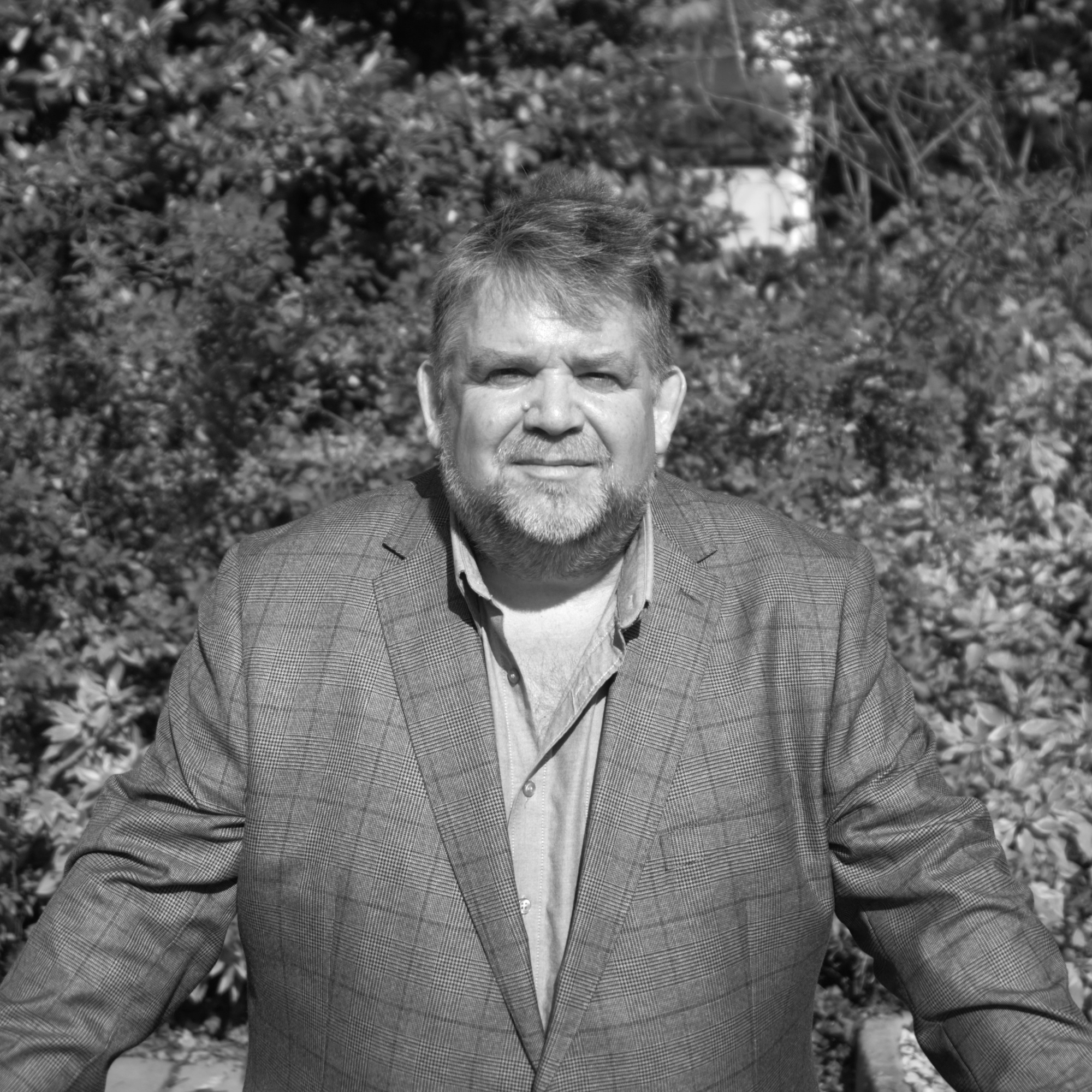
John Clifford is a director of Gardenstone, a leading garden landscaping retailer based in the UK. With over 30 years in the gardening industry and continual work alongside The National Trust, John has amassed an extensive range of gardening and planting knowledge. Alongside his younger son, John has built a strong reputation for Gardenstone as a trusted source for both high-quality garden products and expert gardening advice.
3. They need to be pinched out
When you plant your sweet peas and wait for them to grow, you might opt for a hands-off approach. However, experts suggest getting your hands (quite literally) dirty if you want your sweet peas to flower, as you may have to pinch out your sweet peas.
‘Sometimes a number of shoots or even whole plants simply don’t produce flower buds at all, these are referred to as ‘blind’,' explains Pim. 'The growing tips should be pinched out so that the plant's energy is re-directed, encouraging new shoots to grow and flower.’
‘The exact reason for occasional ‘blindness’ in flowering plants is not entirely understood, but it is thought to be a result of a stop in growth brought on by an earlier issue with their growing conditions, like a cold snap, a virus, pests, or a period of drought during development.’
And while this isn’t a necessary step when growing sweet peas, most experts would suggest adding this task to your to-do list - especially if you’re wondering why your sweet peas aren’t flowering.
Solution: Pinch them out! However, you should only do this when your plants have developed at least four sets of leaves.
‘Pinch out the tips of the plants when they are about 15 cm tall,' advises John. 'This will encourage more flower stems to grow, as well as encourage bushier growth (if that's something that you want).’
To do this, use your finger and thumb to pinch the tip just above the third set of leaves. If you can, try and get a fingernail in there to make a slight notch in the stem. You could also use gardening scissors, too.
4. They need to be deadheaded
Although many people struggle with completely bloom-less sweet peas, others find that their sweet peas offer just a few small flowers here and there. If you want to encourage further blooming, however, you have to keep on top of deadheading your sweet peas.
Yes, one of the biggest deadheading mistakes people make is not deadheading their plant at all - and this garden task is essential when growing sweet peas.
‘Without cutting, the flowers will go to seed and won’t flower again,' warns Morris. 'Cutting means the plants will put energy into continually producing flowers for as long as possible. If the plant goes to seed, that is the end of its lifecycle.’
When this happens, the plant allocates more energy to the seed pods than forming new flowers.
Solution: You should aim to deadhead your sweet pea blooms as soon as they start to wilt. It’s easy to spot when it’s the right time to deadhead your sweet peas, too. The colour should fade, they may become dry and crusty, and you’ll be able to visibly see that they’re looking a little lacklustre.
You may be able to simply snap off the spent flowerheads between your finger and thumb, but if you prefer to be precise, use snippers like these FloraBrite Pink Flower/Fruit Snip By Burgon & Ball from Amazon.
Morris says, ‘If you see any seedpods, snip them off and continue to cut the flowers as they bloom.’
5. They flowered last year
It may sound silly, but maybe your sweet peas aren’t flowering this year because they just… won’t. After all, most sweet pea seeds or plug plants in the garden centre are sold as annuals.
As someone who once didn’t know the difference between my annuals and my perennials (I’ve come a long way since then, thankfully), I know how easy it is to assume that the plants you’ve planted in your garden will grow year after year without fail. Of course, now I know that isn’t the case.
Not only that, but when you have a garden full to the brim of different flowers it can be hard to keep track of what’s flowered and what hasn’t.
So, it may just be that your sweet peas flowered last year and you simply forgot - or didn’t realise.
Solution: That’s easy; plant more! If you choose annual sweet peas, just make sure that you plant more every year to avoid disappointment.
Typically, you should sow sweet peas in spring, but Monty Don’s sweet pea tip is to sow your seeds in October instead. This way, your plants can establish a stronger root system, ultimately resulting in bigger (and longer) growth in the spring.
Alternatively, you could buy perennial sweet peas to ensure that they do come back year after year.
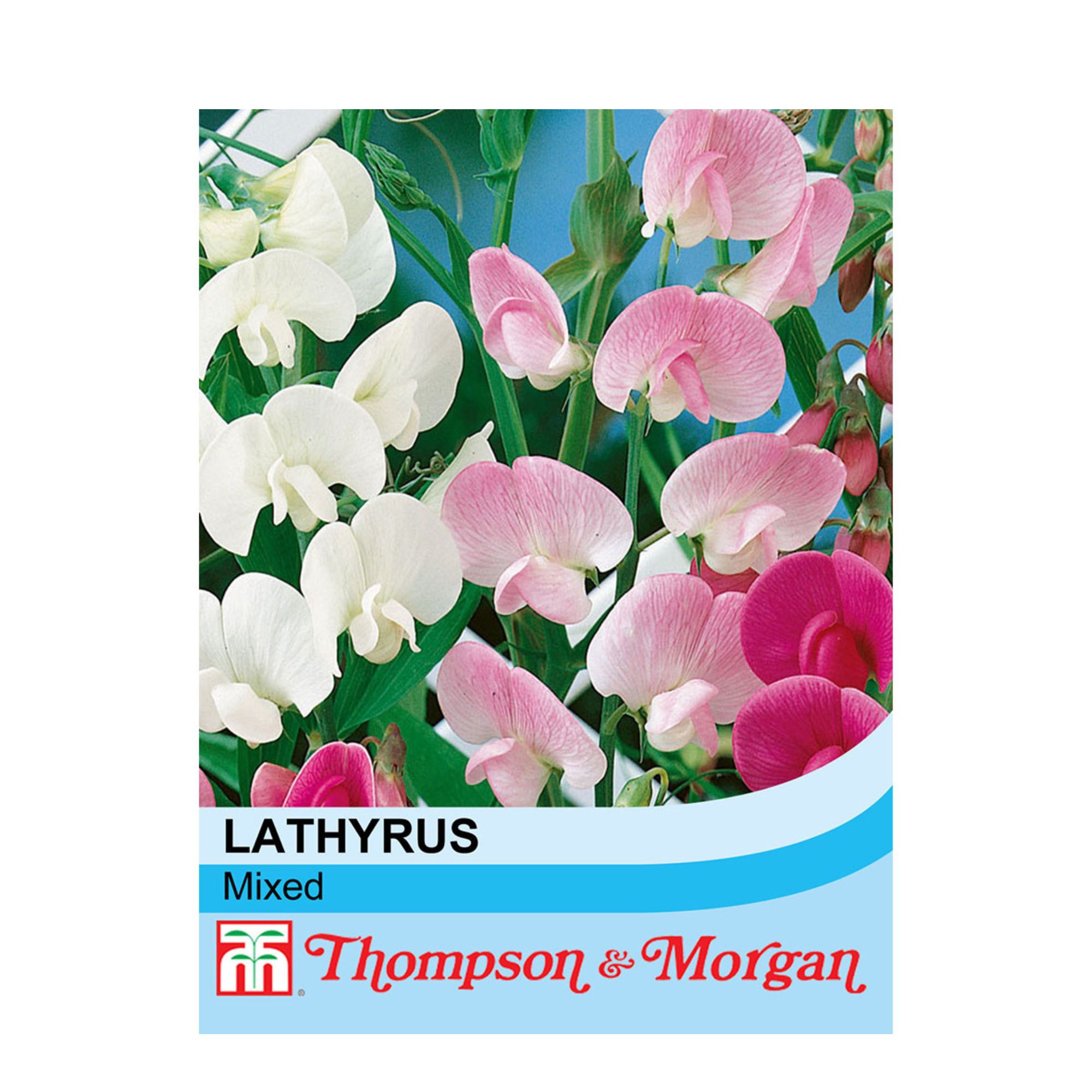
If you want to ensure your sweet peas come back year after year, these perennial seeds will do the trick. They're also mixed, so you'll be blessed with a wide variety of colours.
FAQs
What month do sweet peas flower?
Sweet peas normally flower between June and October, but this is all dependent on where your sweet peas are planted and the weather. After all, sweet peas are more likely to flower earlier and for longer when exposed to at least six hours of sunlight and in potash-rich soil.
If they are exposed to soil that’s too high in nitrogen or are planted in the shade, they are less likely to flower.
How often should you water sweet peas?
As they are sun worshippers, sweet peas also require a lot of watering. However, you have to make sure that they’re planted in rich, well-draining soil before you water them too much.
‘Sweet peas need watering, especially in dry weather, every three or so days,' explains Morris from Hopes Grove Nurseries. 'If they are growing in containers, this will be needed more frequently, as the plants don’t like to totally dry out (or be overwatered), so a regular watering schedule is ideal.’
Don’t worry if your sweet peas aren’t flowering. These solutions should help them bloom in no time.

Lauren Bradbury has been the Content Editor for the House Manual section since January 2025 but worked with the team as a freelancer for a year and a half before that. She graduated with a Bachelor’s degree in English and Creative Writing from the University of Chichester in 2016. Then, she dipped her toe into the world of content writing, primarily focusing on home content. After years of agency work, she decided to take the plunge and become a full-time freelancer for online publications, including Real Homes and Ideal Home, before taking on this permanent role. Now, she spends her days searching for the best decluttering and cleaning hacks and creating handy how-to guides for homeowners and renters alike, as well as testing vacuums as part of her role as the Ideal Home Certified Expert in Training on Vacuums, having spent over 110 hours testing different vacuum models to date!
-
 Wood drenching is the calming new twist on the colour drenching trend – here’s how to make the look work in your home
Wood drenching is the calming new twist on the colour drenching trend – here’s how to make the look work in your homeIt’s easier than ever to embrace natural materials
By Maddie Balcombe
-
 Aldi is launching a £200 day bed with four different features - its sleek design is suited to the whole family
Aldi is launching a £200 day bed with four different features - its sleek design is suited to the whole familyYou don't want to miss out on this Specialbuy
By Kezia Reynolds
-
 How to set up a drip watering system that saves water and a lot of effort
How to set up a drip watering system that saves water and a lot of effortKeep your plants hydrated (and your water bill down) with this clever garden watering solution
By Natalie Osborn
-
 Aldi is launching a £200 day bed with four different features - its sleek design is suited to the whole family
Aldi is launching a £200 day bed with four different features - its sleek design is suited to the whole familyYou don't want to miss out on this Specialbuy
By Kezia Reynolds
-
 I’m seeing pastel garden furniture at all my favourite brands this spring, but QVC’s sorbet collection impressed me the most
I’m seeing pastel garden furniture at all my favourite brands this spring, but QVC’s sorbet collection impressed me the mostFresh pastel shades are a great way to liven up your outdoor space
By Kezia Reynolds
-
 I spent the afternoon looking through Wayfair's garden sale – these are the 6 pieces I'm buying immediately for summer
I spent the afternoon looking through Wayfair's garden sale – these are the 6 pieces I'm buying immediately for summerThese are my must-have garden buys from the sale
By Holly Reaney
-
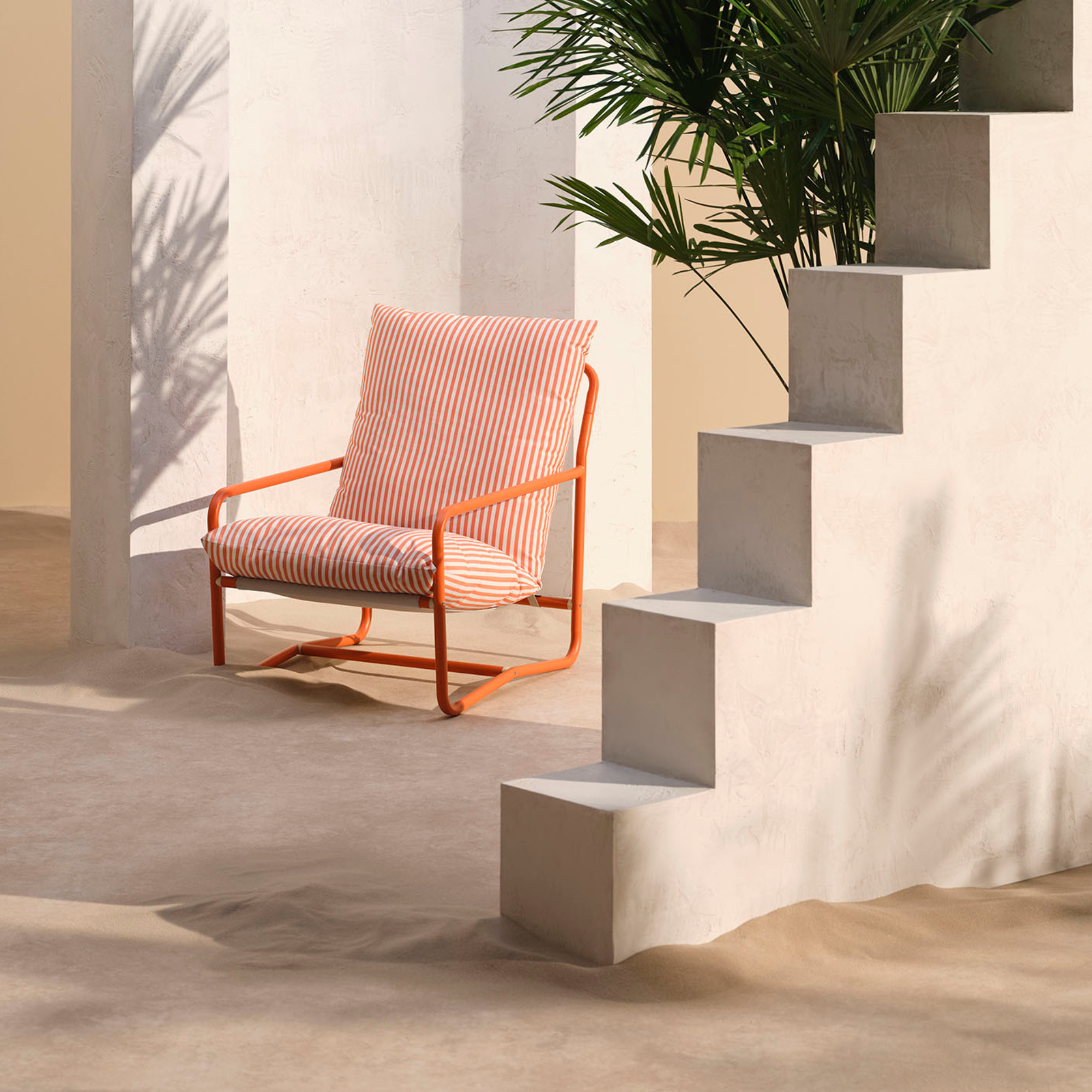 I’ve found the perfect alternative to John Lewis’ sold-out striped garden chair – and you won’t believe where it's from
I’ve found the perfect alternative to John Lewis’ sold-out striped garden chair – and you won’t believe where it's fromJohn Lewis' Sling Garden Chair is one of the most stylish pieces of garden furniture I'd seen – until I tracked down this QVC lounge chair...
By Kezia Reynolds
-
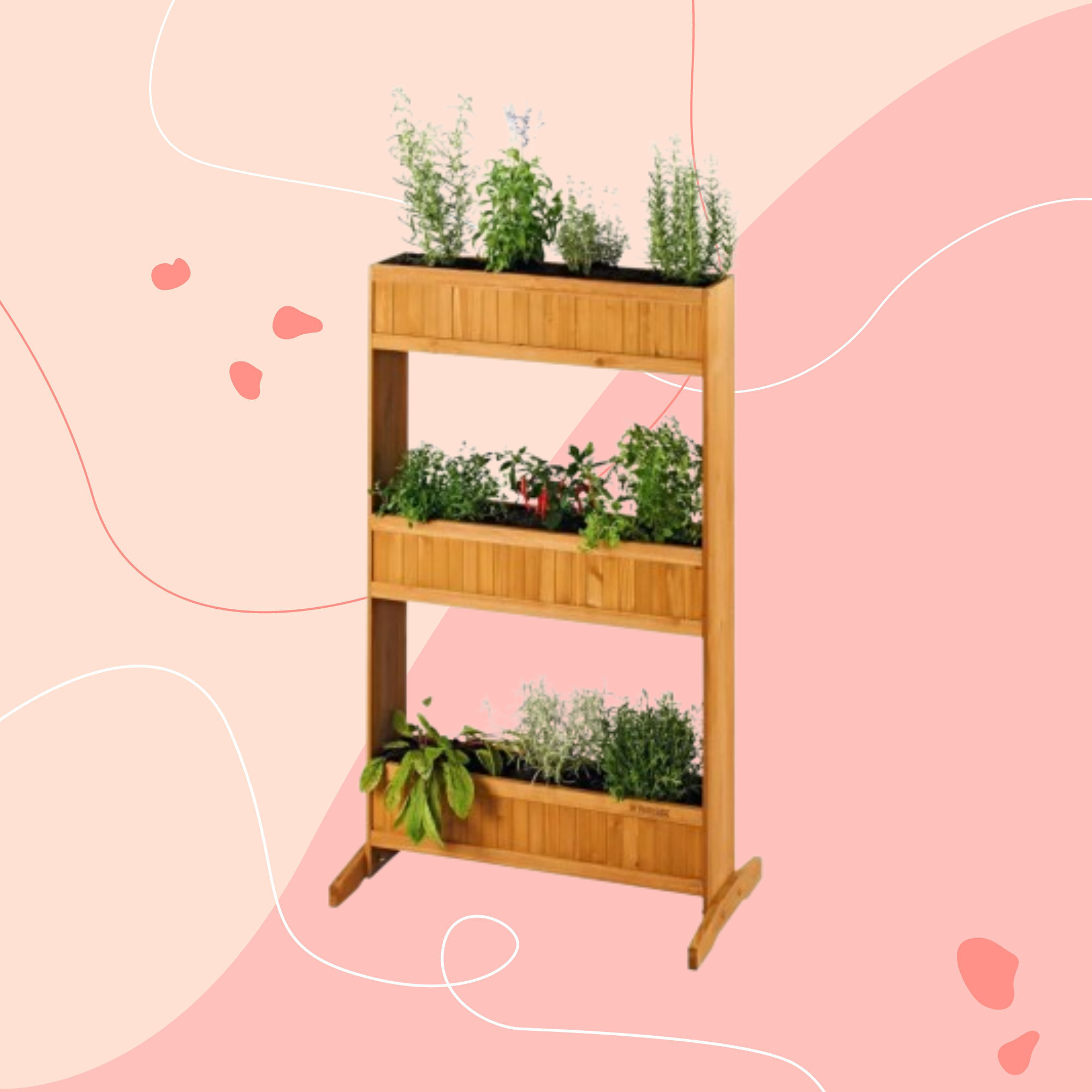 Lidl is selling a smart tiered planter that will unlock extra planting space in a tiny garden or balcony
Lidl is selling a smart tiered planter that will unlock extra planting space in a tiny garden or balconyWhy I've been eyeing this planter up for my tiny garden
By Kezia Reynolds
-
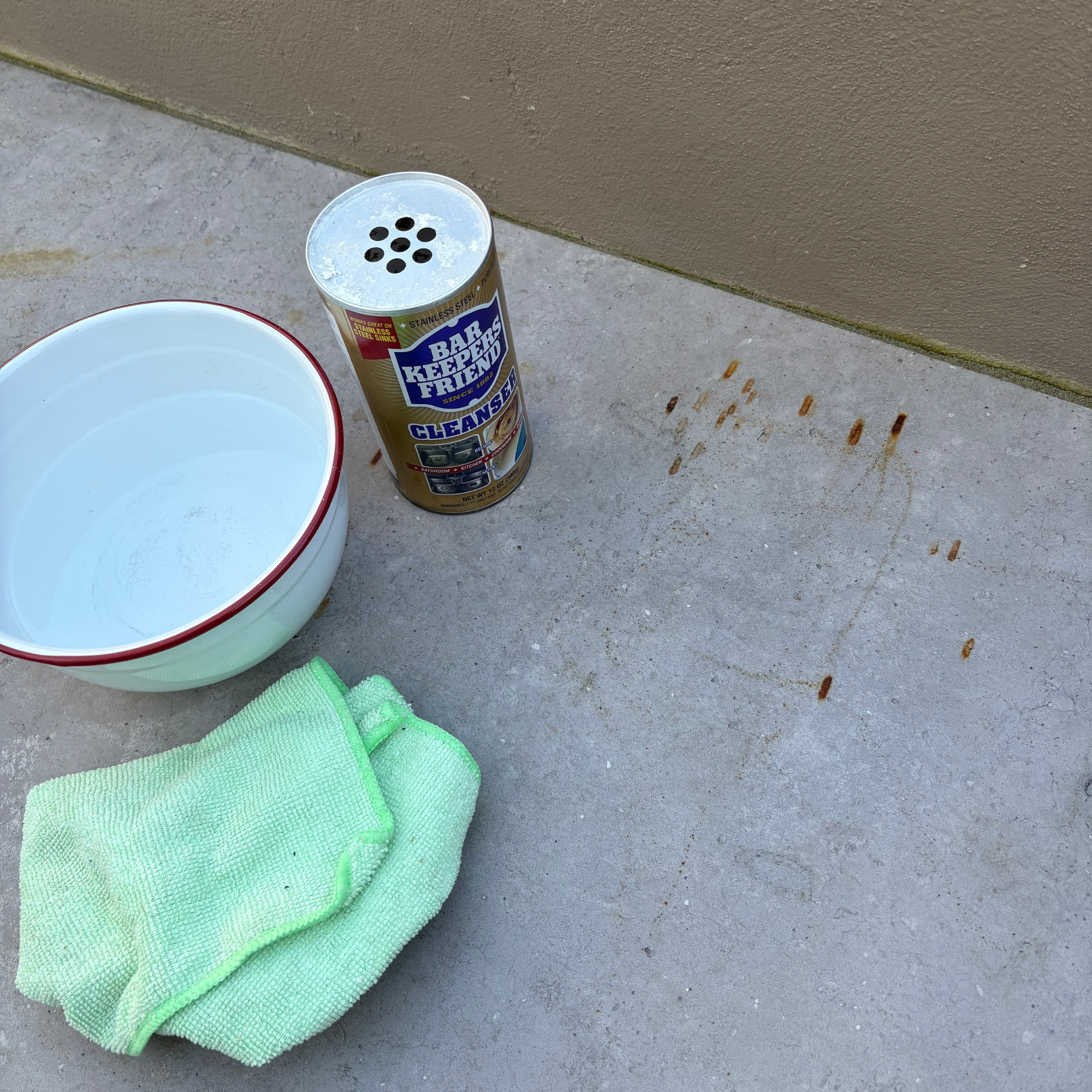 I’ve found the best solution for cleaning stains from a patio - and it’s only £8 on Amazon
I’ve found the best solution for cleaning stains from a patio - and it’s only £8 on AmazonThe stains practically vanish!
By Kezia Reynolds
-
 Lidl’s £15 sun sail is everything you need to create a shady oasis in your garden – and it’s on sale right now
Lidl’s £15 sun sail is everything you need to create a shady oasis in your garden – and it’s on sale right nowWith two stylish colours available, the sun sail will make a chic yet practical addition to any of your garden.
By Kezia Reynolds
-
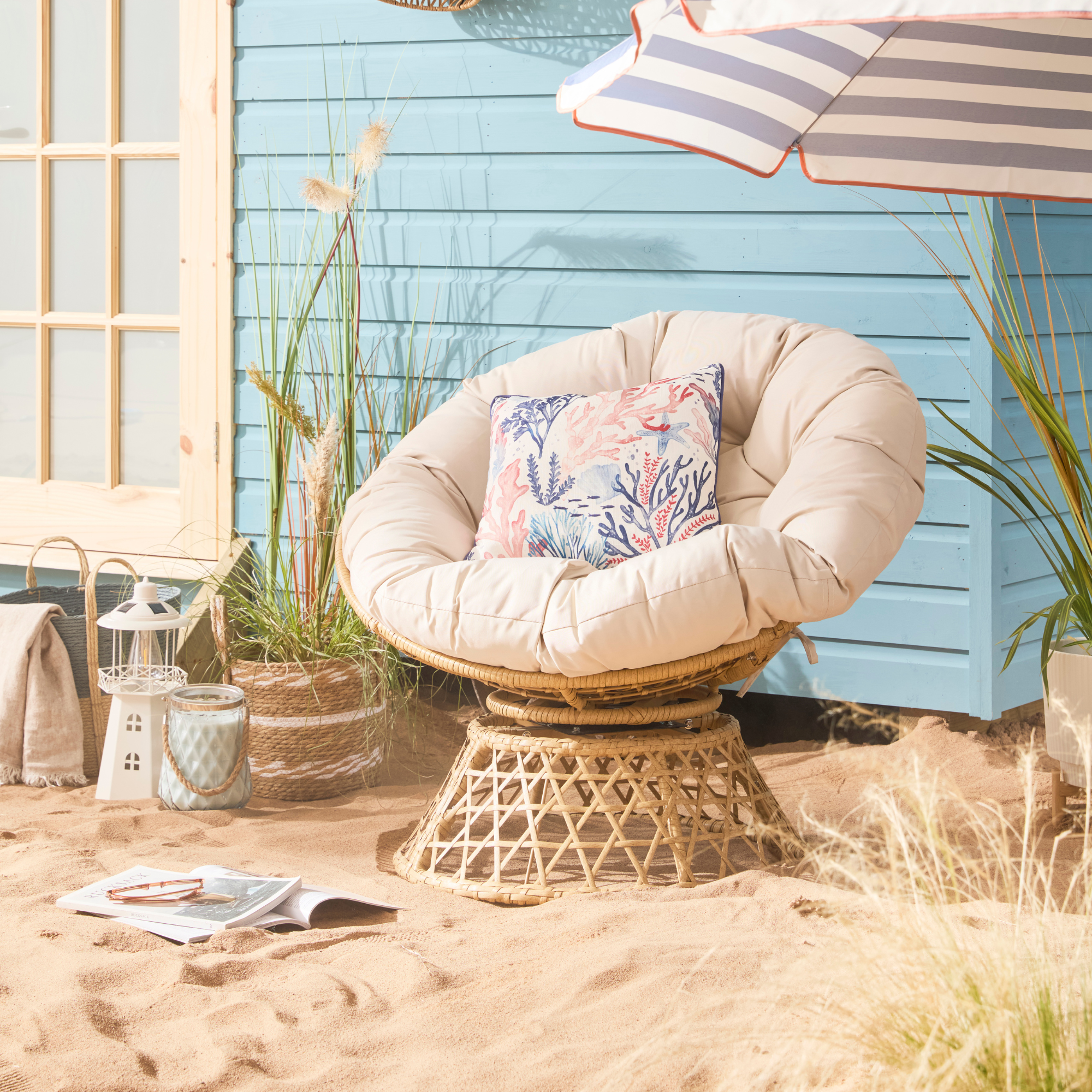 B&M has nailed 2025's breakout garden furniture trend - it's one of the most affordable and stylish I've seen
B&M has nailed 2025's breakout garden furniture trend - it's one of the most affordable and stylish I've seenGet the luxe look for less
By Kezia Reynolds

